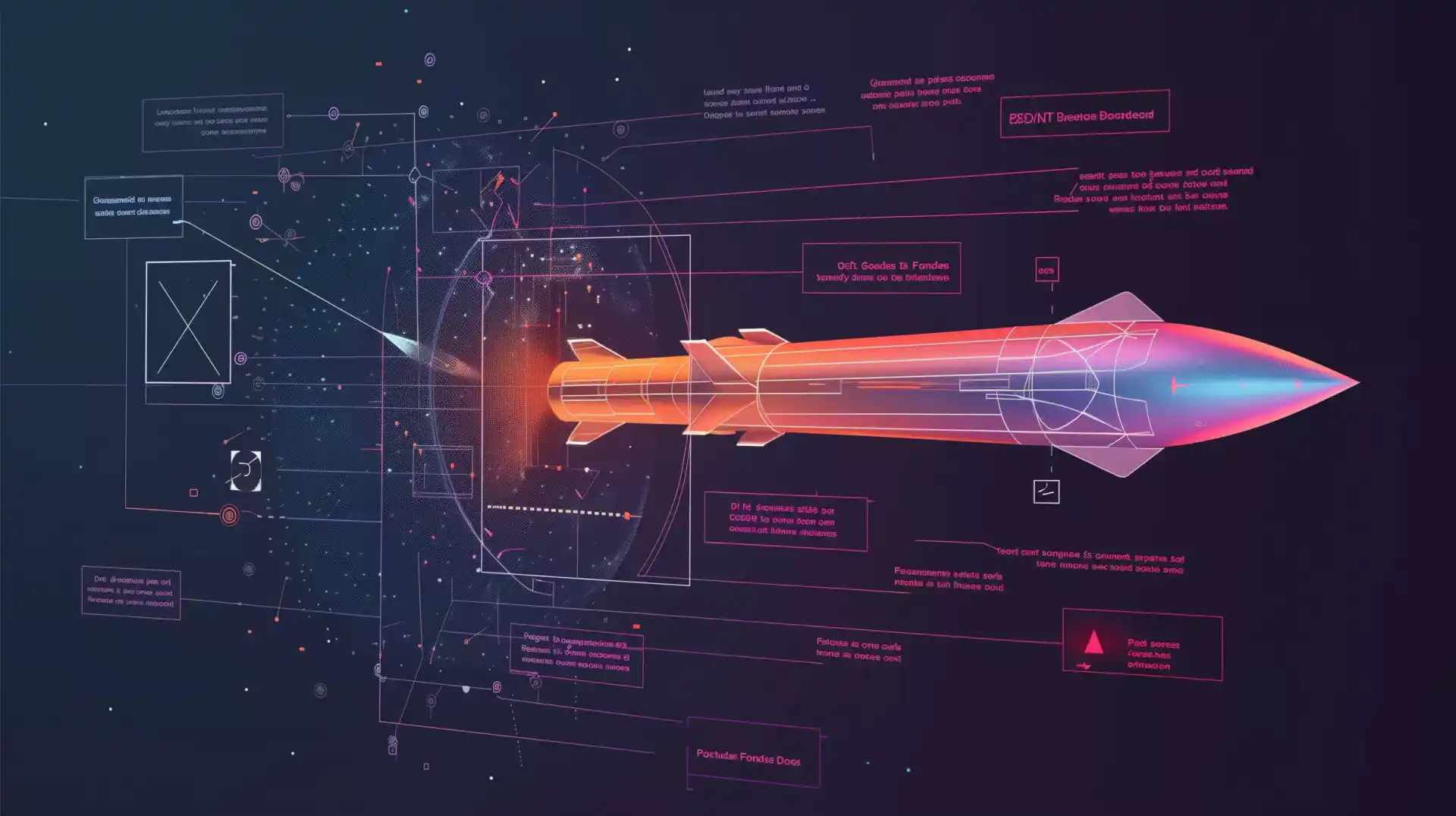Table of Contents
The Space Development Agency (SDA) has chosen EpiSci, a California-based artificial intelligence (AI) company, to create a software tool that can detect hypersonic missiles from space. Hypersonic missiles are weapons that fly at least five times faster than the speed of sound, making them hard to track and intercept by existing defense systems.
The SDA is an agency within the U.S. Space Force that aims to build a network of satellites in low Earth orbit (LEO) to provide global indications, warning, tracking, and targeting of advanced missile threats. The agency plans to deploy up to 100 missile-tracking satellites as part of this network.
However, having satellites in orbit is not enough. The SDA also needs sophisticated software that can process the data collected by these sensors and identify hypersonic missiles among the clutter of objects in the atmosphere.
This is the challenge that EpiSci hopes to solve under the $1.6 million two-year Small Business Innovation Research (SBIR) Phase 2 contract from the SDA, announced on Feb. 6. The company will test its AI-powered software against data from LEO sensors to detect and track hypersonic missiles.
How EpiSci’s software works?
EpiSci’s software uses AI to analyze the images captured by the satellites and recognize hypersonic missiles based on their shape, size, speed, and trajectory. The software also maintains “custody” of the targets, meaning that it can track them across multiple satellites and camera frames as they maneuver in flight.
Samuel Hess, the technical director at EpiSci, believes that this task is quite challenging. He mentioned that as the hypersonic target moves during flight, it passes through various camera images. Therefore, the question arises of how to effectively communicate this to all the satellites. This is an issue that requires further attention and resolution.
To achieve this, EpiSci’s software uses a combination of machine learning, computer vision, and data fusion techniques. The software also leverages the expertise of Raytheon Technologies, a large defense contractor and an investor in EpiSci, which provides missile defense simulations and data analysis.
“Raytheon’s simulation is extremely powerful. So they can simulate multiple satellites, and provide us video feeds from what that would look like,” Hess said. EpiSci will start with data from one satellite and gradually add more to test its software.

EpiSci’s background in AI and aviation
EpiSci is not new to the field of AI and aviation. The company specializes in developing AI tools for autonomous drones and enhancing combat pilots’ performance. Some of these tools enable pilots to respond to threats faster and to “team” with unmanned aircraft.
One of EpiSci’s strategic investors is Top Aces, a tactical aviation training company that uses EpiSci’s technology to generate complex scenarios for pilots in training.
EpiSci’s contract with the SDA is an opportunity for the company to apply its AI capabilities to a new domain: hypersonic missile detection from space. This is a critical mission for the U.S. and its allies, as hypersonic missiles pose a serious threat to national security and stability.
Why hypersonic missile detection is important?
The U.S. military’s older missile defense satellites can detect conventional ballistic missiles when they are launched, but they may struggle to detect smaller and more agile hypersonic missiles. These older satellites use infrared sensors that are designed to identify the hot thermal signatures produced by missile exhaust.
However, hypersonic missiles have lower thermal signatures and can change course to evade detection and countermeasures. They can also fly at lower altitudes, making them harder to spot by ground-based radars. These features make hypersonic missiles a formidable challenge for the current defense systems.
To counter this threat, the SDA is developing a new layer of space-based sensors that can provide persistent and global coverage of hypersonic missiles. The SDA’s network will consist of two types of satellites: the Transport Layer and the Tracking Layer.
The Transport Layer will provide secure communications and data links between the satellites and the ground stations. The Tracking Layer will provide overhead persistent infrared (OPIR) sensors that can detect and track hypersonic missiles from boost to glide phases.
EpiSci’s software will be integrated with the Tracking Layer satellites, which are expected to launch in 2024. The software will help the satellites provide accurate and timely tracking data to enable the targeting of enemy missiles launched from land, sea, or air.